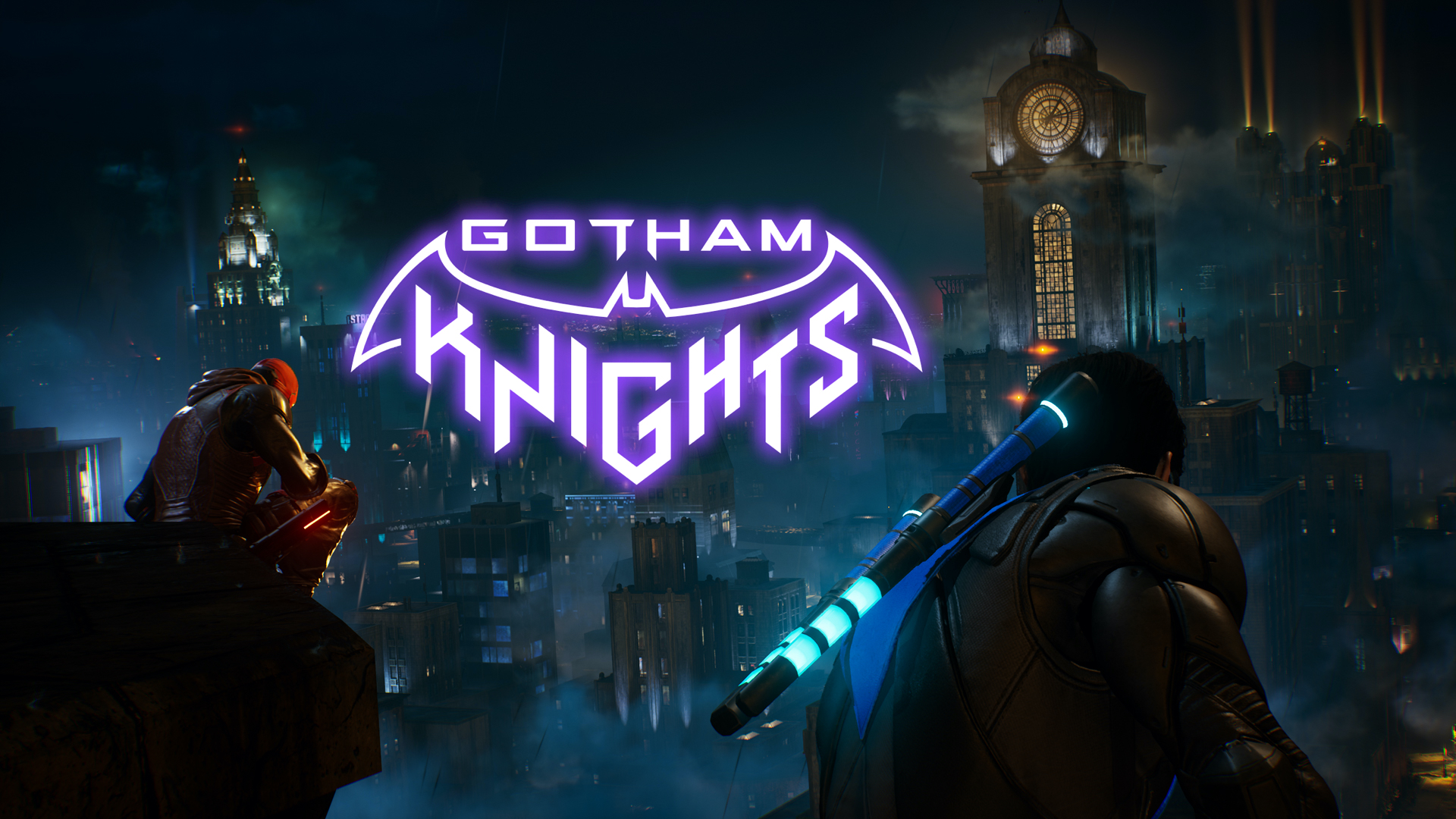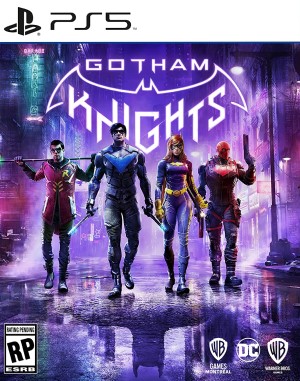
2015’s Batman: Arkham Knight was the last game in the Batman franchise to release on home consoles. While plagued by performance issues on PC, Arkham Knight was a remarkable showcase for the Unreal 3 engine, delivering on much of the promise (and visual style) of the Epic’s legendary Samaritan tech demo. Six years later, we’ve seen high-rated superhero games like Spider-Man hit consoles, but we’re a still off from the arrival of Gotham Knights, the latest Batman title. With the pandemic having pushed Gotham Knight’s release date into 2022, this could go from being a cross-gen experience to a next-gen exclusive: the video footage we’ve seen so far shows that Gotham Knights will indeed be a visual showcase.
Let’s take a closer look at the significant next-gen features in action from the available gameplay footage.
Engine overview
WB Games Montréal will be utilising the Unreal Engine 4 to create Gotham Knights in a similar vein to the previous Arkham games, which were made in Unreal Engine 3. UE4 provides some useful features to be utilised behind the scenes and a significant number are noticeable in the released gameplay footage. The high-quality post-processing which includes the motion blur, bloom, lens flare, chromatic aberration and depth of field are staple UE4 effects which can be noticeably distinguished. Particle effects including volumetric fog and sparks are also rendered in real time thanks to UE4. In the scene where Mr. Freeze starts up his gun, snow particles can be seen dynamically reacting in real time to the motion of the gun.
The characters also feature advanced shading models with each material displaying a unique reaction to light rays hitting them and with subsurface scattering visible on the face and eye textures of the main characters.
Models, texture quality, and environmental asset quality
The PS5 and the Xbox Series X feature higher VRAM than their respective predecessors, both including a 16 GB of combined RAM space for CPU and GPU usage. Gotham Knights is making great use of the higher memory capabilities with high resolution 4K textures both for character models and the environmental assets. Whether it’s flopping capes of justice, the suits, snow-covered roads, intricately designed interiors, or Mr. Freeze’s distinctive face and armor, those high-fidelity textures are a cut above the eighth-gen standard and pair well with the high fidelity in-game models.
The same goes for model quality, as even in cinematic close-up shots the seams and edges of both the protagonist and the complicated mechanical design of the Mr. Freeze blend smoothly. The game’s clothing features some high-quality material based reflectance characteristics, with each component scattering the light rays with realistic detail depending on the underlying material texture. Skin shading with sub surface scattering is also visible under the detailed wrinkles, pores or lips of the character models.
For some reason, hair seem to be a significant weak point in some next-gen titles and even here, Batgirl’s longer hair is lumped into a singular entity as if affixed by a gel. We’ve seen better quality strand rendering. The quality of the hair texture and its reaction to light sources is still presentable, however.
Lighting and shadow quality
Gotham Knights isn’t officially confirmed to have ray-tracing yet and we don’t see the technique in play in current gameplay footage, but considering how frequently developers are deploying ray-tracing – Spider-Man: Miles Morales is a good example – it is entirely possible it could be added later on. Gotham’s neon lighting and ever-present puddles have the potential to look great with ray-traced reflections.
Raster-based global illumination and screen space reflections both make the cut, however. Light bounce is visible in gameplay trailers, with transference from dynamic light sources. The screen space reflections look fine, too, though, as always with SSR, temporal stability is an issue. WB Montreal also makes great use of dynamic lighting, from flashy electric sparks to the glow of unique weapons each character uses: these light up the environment and nearby particle volumes of snow and smoke. The volumetric fog present is equally affected by dynamic lights as is seen whenever a coloured super attack is utilised, such as batgirl’s red-lit circle of bats.
It’s interesting to note that, compared to other third-person action titles, we’re seeing a higher volume of particles visible on screen for longer periods of time: the extra GPU headroom from the next-gen consoles means that WB Montreal can afford a more lax. Sparks of fire or electricity fall to the ground and bounce before dissipating, all hinting at a higher particle limit than previous gen consoles.
Shadows are also affected by the dynamic lighting and feature a form of contact-hardening, visibly getting softer as their distance from the light source increases, as seen in the final boss encounter with the huge tower of light.
UE4’s deferred rendering pipeline is being leveraged to great extent here with multiple dynamic light sources in action which include particle effects, sky-lighting, and a large number of point light sources at a time.
Post-processing
When it comes to console gaming, post-process effects are one of the first to be axed whenever a gain in performance is to be attained. Thankfully, next-gen consoles offer enough processing power in the post-processing pipeline to avoid these reductions in quality and bring them at par with standard PC post-processing levels.
A superior depth-of-field effect, and per object and camera motion blur at high sample counts are visible throughout the fight scenes as well as when driving down the road in the bat-bike contraption.
There is tasteful use of bloom such as when the lightning strikes, though this is reined in in other circumstances, such as electric gun blasts, to stay in line with the overall art style.
The ambient occlusion implementation has a high sample count with accurate shading on surfaces like the grilles on ramps or large vehicles.
While it isn’t visible here, we expect WB Montreal to use UE4’s high-quality temporal upsampling for dynamic resolution scaling. While it isn’t on par with DLSS, temporal scaling can offer reasonable image quality, even at lower resolutions, while keeping AA artifacts minimized.
On the PC side of things, NVIDIA also launched the DLSS plugin for the Unreal Marketplace a while back. Easy implementation means that we’ll likely see DLSS upscaling implemented on the PC version of the game for considerable performance gains.
Conclusion
As it stands now, Gotham Knights is graphically well-crafted game that wouldn’t look too out of place in a Series X or PS5 library. It is, however, lacking a number of features like ray-tracing and advanced hair physics. This is likely because of the fact that’s built as a cross-gen title. It will be interesting to see whether or not WB Montreal drops the previous-gen versions entirely, which could open the door to more ambitious visuals



















